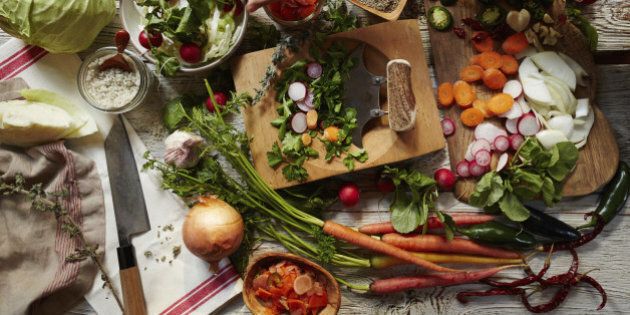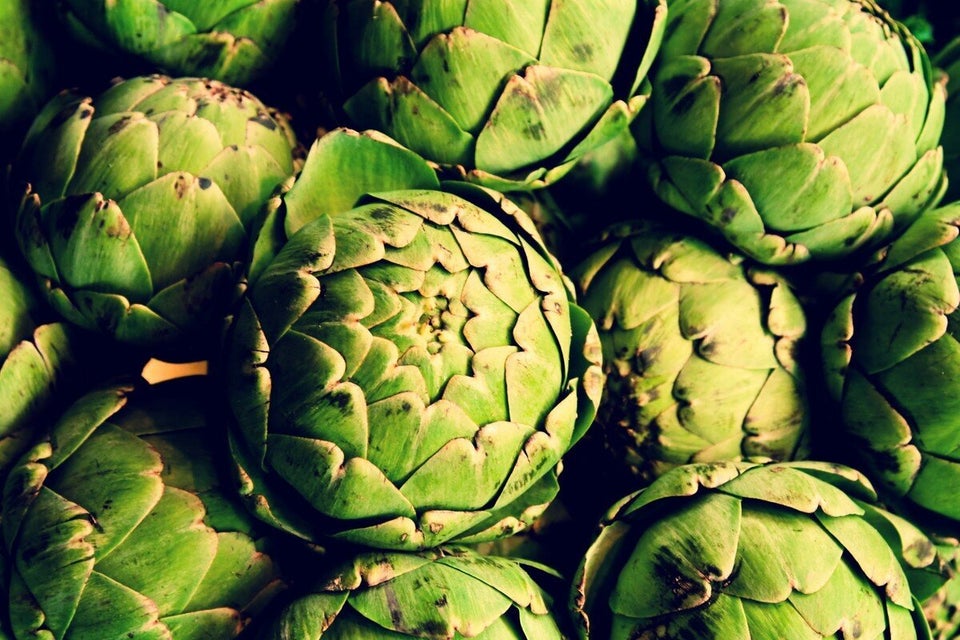
Grim news has come out of The Food Institute of the University of Guelph in their Food Price Report for 2015. If you believe food is expensive now, their projections for the year to come will leave you wishing for current prices to remain the same. They predict that some of the increases may be higher than inflation. The largest increases are predicted to be with meat, fish & seafood and vegetables. Foods to have somewhat stable prices are grain, fruit and nuts and dairy and eggs. You can read the entire report here.
This news is frustrating for the many people who are trying to eat more healthy omega 3s (found in fish) and fiber rich vegetables -- a common recommendation from many dietitians. It's hard enough to make food changes to lifestyles, adding higher costs may make these improvements even harder. But don't despair! There IS hope for budgets and healthy eating.
Here are some top tips for avoiding the frustration of rising food costs while continuing to eat healthy foods:
1. Buy what is in season. We all love asparagus in the middle of winter but it will be the cheapest during the spring months. Sticking to what is in season, and thus usually what's on sale, can allow for variety throughout the months. There is no reason to have a different vegetable between lunch and supper or from day to day. Thinking of variety in terms of week to week is healthy too.
2. Check out the frozen food section. Much progress has been made in the ways in which foods are processed for freezing. That means frozen vegetables and fish taste better and cook up nicer compared to years past. Also, the vegetables picked that are destined to be frozen are picked at the peak of ripeness. Where as some fresh foods are picked early and ripen along the way.
3. Forget about fads. All vegetables and fish are healthy. Don't get stuck on eating "the best" vegetable or fish. For example, kale is very popular right now but it isn't the only vegetable chock full of fiber and vitamins. Salmon does contain lots of omega 3s but so do sardines and trout. There is no "best" vegetable or fish to eat. Each variety bring different nutrients and antioxidants to the table and eating a bit of each is the best way to eat in a healthy way.
4. Buy now, eat later. Buying foods while on sale and freezing them yourself is a great way to extend the shelf life of foods that spoil quickly. Berries are a great example of this- they are on sale during the summer months, often in large quantities but spoil quickly. Luckily, they freeze easily at home and can be enjoyed all year round. Corn on the cob is another example. Buy it in the fall when they are the sweetest and crunchiest, strip the kernels from the cob and freeze. This is a great way to enjoy local foods all year round.
Follow these 4 simple tips to save money despite rising food prices all while investing in your health!
MORE ON HUFFPOST:
